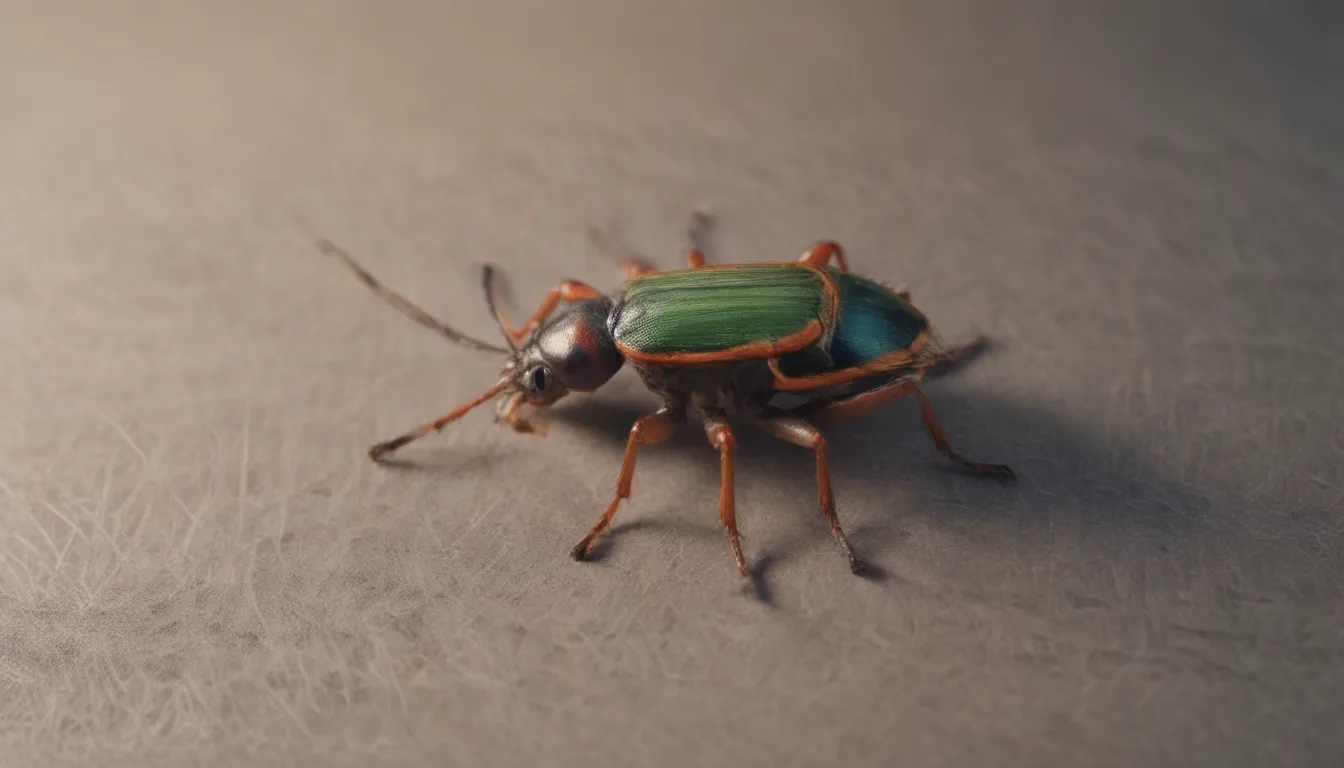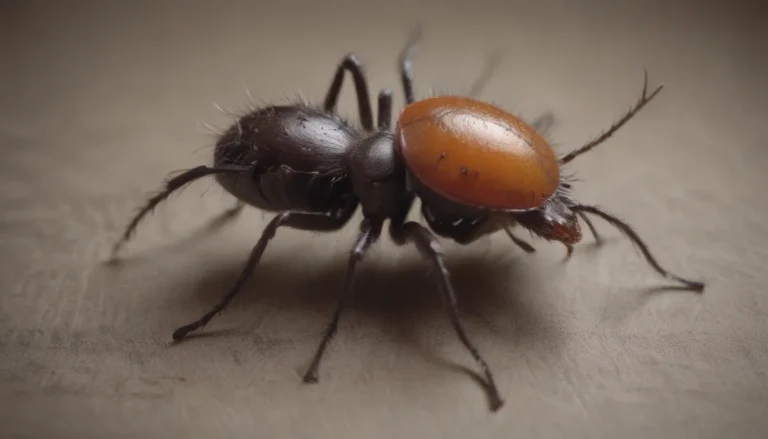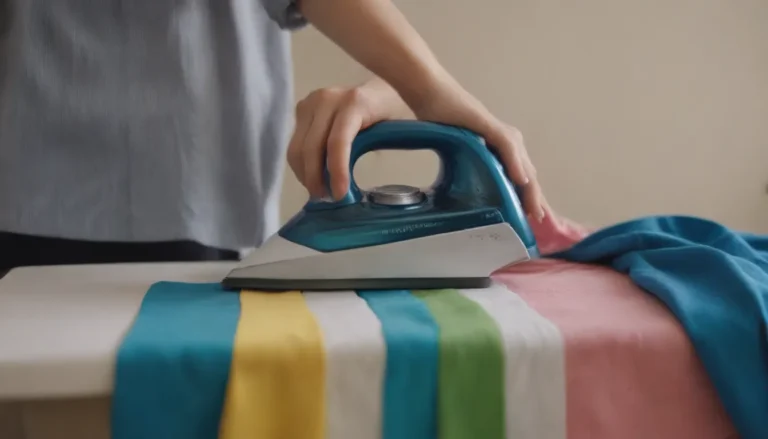How to Effectively Eliminate Palmetto Bugs from Your Home

Palmetto bugs, which are essentially the same as American cockroaches, can be a nuisance when they invade your living space. These pesky insects can carry pathogens, spread diseases, and cause illness, making it crucial to address any infestations promptly and effectively. In this comprehensive guide, we will explore various methods to get rid of palmetto bugs and prevent them from returning.
Understanding Palmetto Bugs
Palmetto bugs, also known as American cockroaches, are common in the United States, southern Canada, and parts of Mexico. These insects are attracted to warm, moist environments and can often be found in commercial settings such as shipyards, warehouses, bakeries, restaurants, and supermarkets. Palmetto bugs are the largest house-infesting cockroach, measuring 1 to 2 inches long and are characterized by their shiny reddish-brown coloring with light tan spots on their head.
Signs of a Palmetto Bug Infestation
It’s important to be able to recognize the signs of a palmetto bug infestation in your home. Some common indications include:
– Musky smell: Palmetto bugs can emit a sickeningly musty odor, especially in severe infestations.
– Illness: Cockroaches are vectors for disease, so if you or your loved ones have contracted an illness like salmonella, it could be due to a cockroach infestation.
– Active year-round: Palmetto bugs are active in warm, moist areas and can be found in basements and sewer areas.
6 Effective Ways to Get Rid of Palmetto Bugs
Here are six solutions to eliminate palmetto bugs from your home, with an emphasis on non-toxic methods that are safe for children and pets:
1. Sanitation and Cleanliness
- Clean up food spills, open garbage receptacles, and pantry messes promptly to remove potential food sources for palmetto bugs.
- Inspect items before bringing them indoors to prevent palmetto bugs from hitching a ride.
2. Fix Leaks
- Repair any leaks or damaged pipes in your home to deter palmetto bugs, as they are attracted to moist environments.
- Palmetto bugs commonly use plumbing and sewage pipes to access homes, so fixing leaks is essential to keep them out.
3. Seal Palmetto Bugs Out
- Seal up cracks and entry points where palmetto bugs could enter your home from outside.
- Use proper sweeps on doors, caulking on windowsills, and seal splits between bathroom tiles to prevent access.
4. Trap Them
- Use cockroach traps to monitor the severity of a palmetto bug infestation in your home.
- Consider setting traps at night when palmetto bugs are most active, using bait like bread soaked in beer to attract them.
5. Essential Oils and Homemade Sprays
- Peppermint oil, neem, clove, lavender, and other essential oils can repel palmetto bugs.
- Create a homemade spray by mixing essential oil with water to use as a natural repellent.
6. Chemical Control
- Use chemical control methods as a last resort and in conjunction with other solutions.
- Baits are effective in addressing cockroach issues, but be cautious with chemicals and consider consulting with a pest control specialist for severe infestations.
How to Keep Palmetto Bugs Away
To prevent palmetto bugs from returning, focus on eliminating conditions that attract them. This includes:
– Maintaining cleanliness and sanitation in your home.
– Fixing leaks and sealing entry points to prevent palmetto bugs from accessing your living space.
When to Call a Professional
If you’re dealing with a persistent or severe palmetto bug infestation, it may be time to call in a professional pest control company. They can assess the situation and provide tailored solutions to address the issue effectively.
In conclusion, dealing with palmetto bugs requires a comprehensive approach that includes sanitation, prevention, and targeted treatments. By following the tips outlined in this guide, you can effectively eliminate palmetto bugs from your home and prevent them from returning. Remember to prioritize non-toxic methods that are safe for your family and pets, and don’t hesitate to seek professional help for severe infestations.





